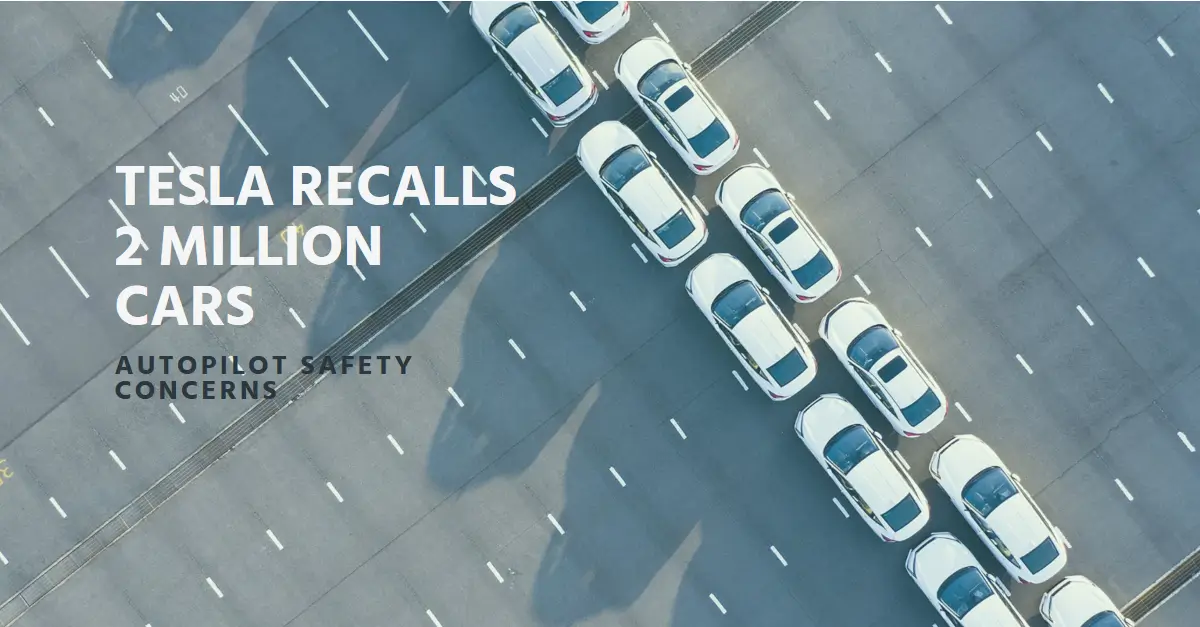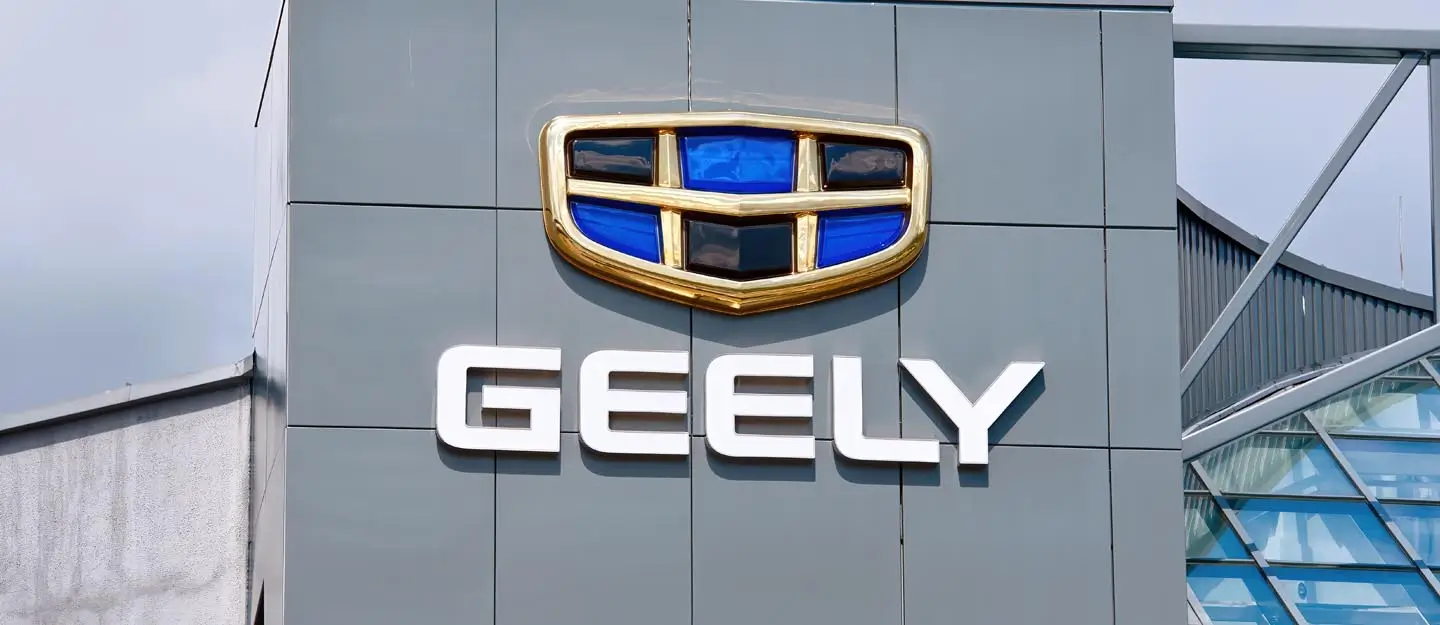In the ever-evolving landscape of the automobile industry, a momentous event has unfolded. Tesla, the trailblazer in electric vehicle technology, is recalling 2 million cars in the United States. This significant decision, rooted in safety concerns about their Autopilot system, represents a crucial juncture not only for Tesla but also for the future of automated driving. Join us as we navigate through the nuances of this recall, shedding light on its impact on drivers, Tesla’s innovation path, and the overarching field of auto safety and technology.
How Tesla’s Autopilot Recall Impacts Drivers and Industry Standards (PDF).
Understanding the Autopilot System
Tesla’s Autopilot system, a hallmark of their technological prowess, offers features like self-steering, lane keeping, and adaptive cruise control. It operates as a Level 2 advanced driver-assistance feature, requiring driver engagement despite its automation capabilities.
The NHTSA’s Findings
The National Highway Traffic Safety Administration (NHTSA) initiated a thorough two-year investigation following multiple incidents involving Tesla vehicles. Their findings revealed a critical safety flaw: the system’s inability to adequately monitor driver engagement. This oversight could lead to misuse, with drivers potentially losing focus on the road, escalating the risk of accidents.
- Affected Models: Tesla Model 3, Y, S, and X, spanning production years from 2012 to 2022.
- Investigation Timeline: Began in April 2021, culminating in the 2022 recall announcement.
Tesla’s Response
Tesla’s approach to addressing this issue is notably modern: an over-the-air software update. This update aims to enhance existing controls and alerts, emphasizing the driver’s responsibility during Autosteer use.
Advanced Safety Measures
Proposed Software Enhancements
The anticipated update includes:
- Increased Visual Alerts: To maintain driver attention.
- Simplified Autosteer Engagement: Making it more intuitive for drivers.
- Mandatory Driver Check-ins: Ensuring continuous driver focus.
International Implications
While the recall is US-centric, Tesla hasn’t clarified if these updates will extend to global markets like Australia. This raises questions about the consistency of safety standards in Tesla’s international operations.
Key Events Leading to the Recall
- April 2021: Launch of the NHTSA investigation.
- June 2022: Tesla updates the Autopilot system.
- Ongoing Incidents: Despite the update, incidents involving Tesla’s Autopilot continued to emerge.
Examining the Broader Impact
Tesla’s Unique Position
Tesla’s situation highlights the challenges of balancing cutting-edge technology with user safety. The NHTSA’s statement points to potential design flaws in Tesla’s Autopilot that could lead to foreseeable misuse.
The Future of Autonomy and Responsibility
This recall is more than a Tesla-centric issue; it’s a pivotal point in the discourse on autonomous driving technology. How manufacturers balance innovation with safety protocols will shape the future of this field.
Conclusion
Tesla’s recall serves as a stark reminder of the responsibilities that come with innovation. As Tesla works to enhance the safety of its Autopilot system, the automotive industry and regulatory bodies must also evolve, ensuring that advancements in technology don’t outpace the measures needed to protect drivers on the road. This recall might be a bump in the road for Tesla, but it’s also an opportunity for the entire industry to reevaluate and reinforce the standards of automotive safety in the era of autonomous driving.





